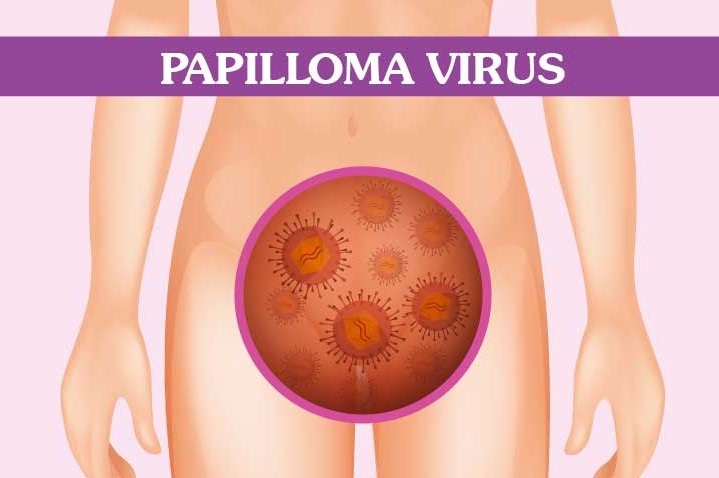
What is the Papilloma Virus and how can it be treated?
Papilloma Virus: HPV infection may cause cervical cancer. HPV (Human Papilloma Virus) is not a single virus, but a large family of about 200 different strains of viruses that infect humans
Papilloma Virus, HPV infection is very common and affects both males and females.
What is Papilloma Virus?
HPV infection is the most common sexually transmitted infection in developed countries and, to date, is the only infection recognised as a necessary cause of cervical cancer.
HPV is also involved in the pathogenesis of other cancers:
- genital (both male and female);
- extragenital (oral cavity, pharynx and larynx).
However, it should be emphasised that although HPV is linked to the onset of these cancers, only in a few cases (about 1%) can the infection progress to the tumour stage.
Nevertheless, the attention of doctors and patients to this disease must remain high.
The symptoms
In most cases, HPV infection is transient and asymptomatic; however, it is possible that, in some cases and depending on the specific type of HPV, the following may appear
- benign lesions of the skin and mucous membranes (e.g. warts on genitals, face, hands and feet);
- condylomata (growths) or papillomas on the genital and oral mucous membranes.
This may result in:
- itching;
- mild pain;
- feeling of discomfort.
Attention must be paid to these symptoms and consider that transmission and contagion occurs through contact.
Treatment of the Papilloma Virus
Depending on the site and extent of the lesions in the individual patient, one can use
- the topical pharmacological approach, using specific cream preparations, which act both by physically destroying the lesion and activating the local immune system;
- the surgical approach, for the physical removal of the excrescences.
Surgery
The methods of surgical removal, in a broad sense, involve different techniques:
- electrofluorescence
- cryotherapy;
- CO2 laser.
Prevention of the HPV Papilloma Virus
Although screening for cervical cancer through the Pap test and the test for identifying viral DNA (HPV-DNA test) are fundamental and effective for early diagnosis, vaccination is the only decisive strategy for preventing contagion with HPV and consequently the onset of the lesions it is responsible for, whether benign, such as condylomas, or potentially cancerous lesions, both genital and in other anatomical locations.
In fact, it has been demonstrated that widespread and adequate vaccination coverage, around 90% of the target population, can eliminate cervical cancer.
In Australia, for example, where vaccination has reached this level of coverage in the general population, cervical cancer is expected to disappear by 2030, while genital condylomas have already almost disappeared in adolescent males and females.
In addition, adequate adherence to vaccination will also lead to the disappearance of all other HPV-related cancers.
The HPV vaccine
Since 2008 there has been the approval of vaccines for the primary prevention of HPV infection and their introduction in Italy into current vaccination practices.
Vaccination is strongly recommended and free of charge up to 12 years of age in both sexes, but recent data show that the benefit of vaccination also extends to adult age groups, up to 45 years of age and even beyond.
Vaccination has also been shown to be safe and effective in the event of contact with the HPV virus to
- strengthening the immune system in eliminating it;
- after surgical treatment for both benign (condylomatosis) and pre-neoplastic (dysplasia, high-grade CIN) genital lesions.
Read Also:
UNICEF Female Mobilizers Are Struggling Against Polio In Nigeria, One Home At A Time
Rocketing Vaccine Cost Warning


